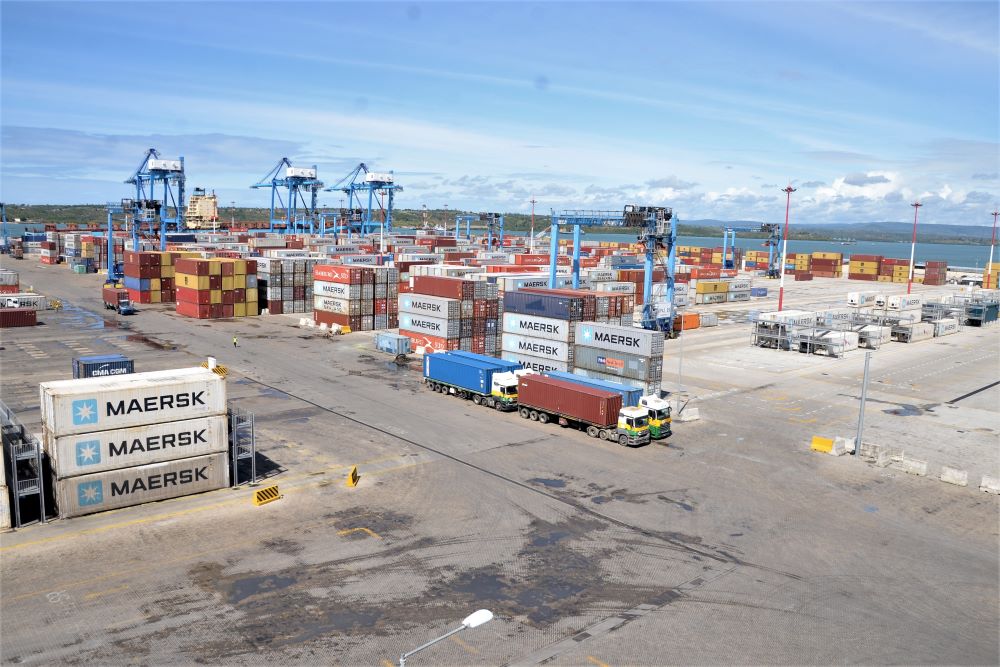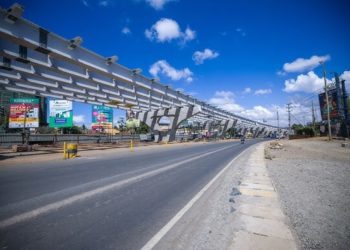In a key development for East Africa’s trade infrastructure, DP World rolled out its advanced Port Community System (PCS) at the Port of Mombasa, in collaboration with the Kenya Ports Authority and the Government of Kenya. The digital platform provides a single window solution for port users including importers, exporters, customs agents, freight forwarders and transport companies, bringing visibility, efficiency and transparency into one of the region’s busiest maritime gateways.
For investors, this technology deployment is not merely an operational upgrade, it signals a structural improvement in Kenya’s logistics value chain, one with implications for trade flows, cost of doing business and ultimately the return of companies linked to cargo movement, warehousing, transport and connected services. The PCS ushers in digital tools such as real-time cargo tracking, gate booking, electronic billing and payments and integration across multiple government and private sector stakeholders. These features are expected to reduce cargo clearance times significantly and improve turnaround for thousands of port users every year.
The Port of Mombasa serves more than a dozen landlocked counties in East and Central Africa, making its operational efficiency a vital economic lever for regional trade. By enabling smarter gate operations and better control of cargo movements, the PCS contributes to lower dwell time enhanced throughput and stronger competitiveness of the port. This is encouraging for businesses exposed to regional logistics infrastructure, including shipping lines, trucking companies, freight consolidation services and inland terminals. For sectors where margins are often tight and speed is crucial, digital efficiency is commercially transformative.
From an investment perspective, improvements in logistics infrastructure have positive cascading effects on multiple industries. Increased port efficiency tends to lower operating costs for importers and exporters, encouraging revenue growth for companies in logistics, warehousing and distribution. In addition, the introduction of digital platforms promotes better data driven asset utilization and productivity. Investors benefit from enhanced transparency, improved traceability of goods and more reliable performance metrics.
The PCS launch also reinforces Kenya’s strategic policy priorities. Digital transformation sits at the core of national development plans that emphasize smarter infrastructure, technology adoption and more efficient trade facilitation. By aligning port operations with global standards of digital logistics, the move strengthens Kenya’s attractiveness as an investment destination, particularly in infrastructure and supply chain related opportunities. It also enhances the competitiveness of export-oriented sectors such as agriculture, manufacturing and mining by reducing bottlenecks that historically constrained growth.
These are natural considerations for investors to keep in mind. While PCS implementation lays groundwork, real efficiency gains depend on broad stakeholder adoption and seamless system integration across customs, security and logistics chain actors. Gains may also materialize gradually as users adjust operations to digital workflows. However, early signs are promising as industry players increasingly embrace digital solutions to reduce delays and enhance service delivery.
Overall, the deployment of DP World’s Port Community System at Mombasa, marks an important milestone in modernizing East Africa’s primary maritime gateway. For investors, it signals a structurally improving operating environment for trade and logistics.


















